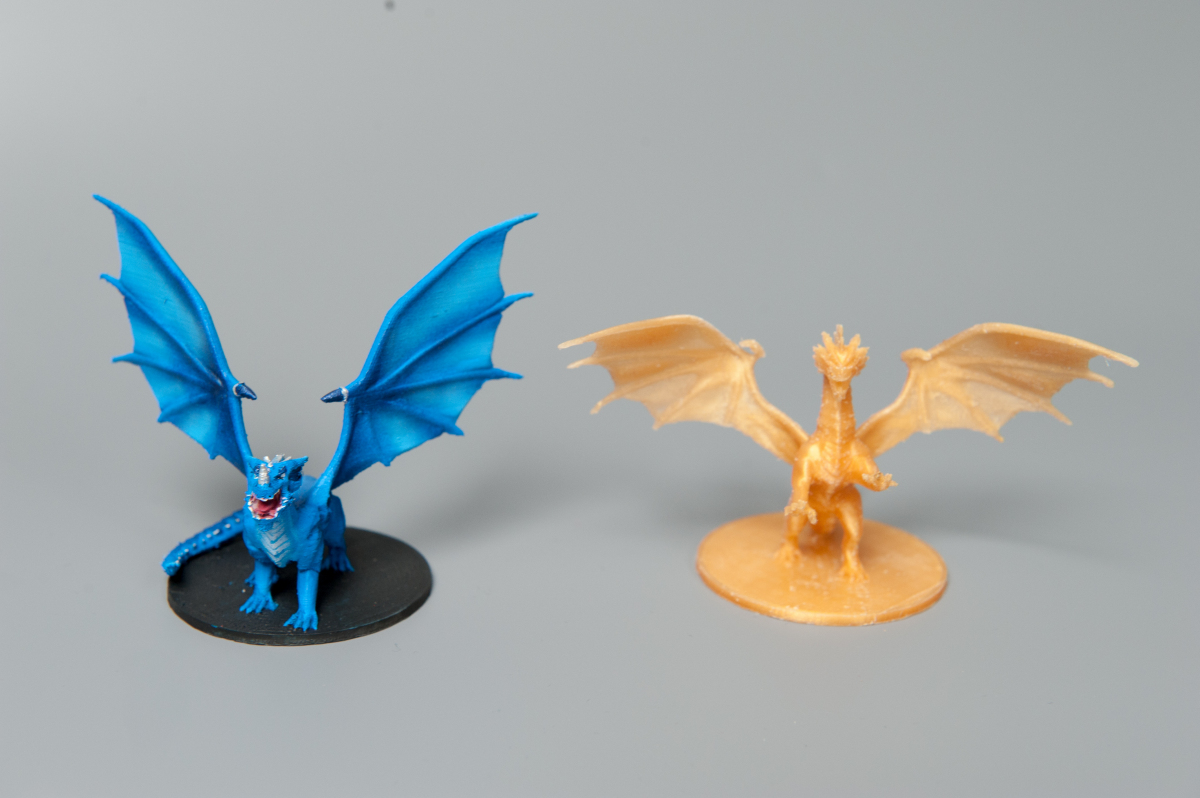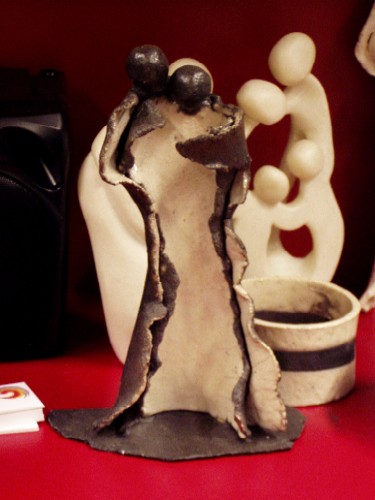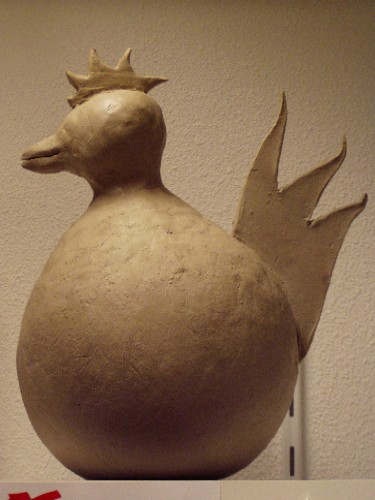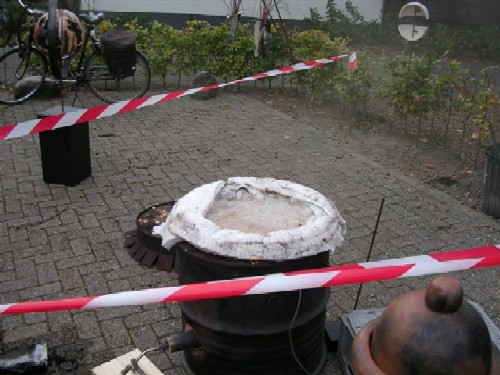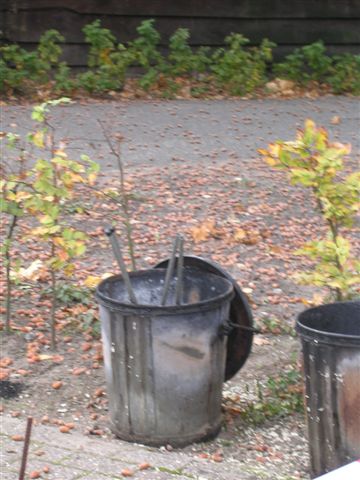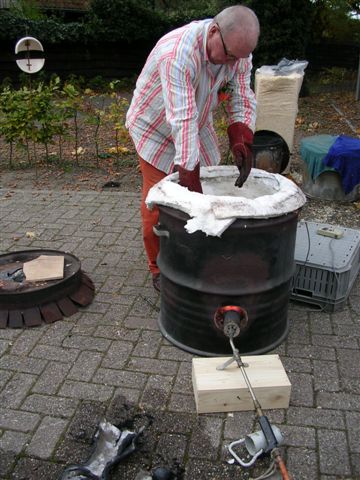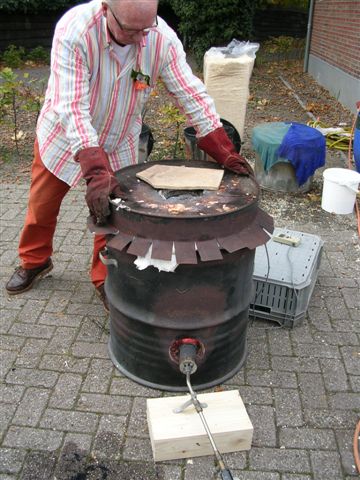| The clay body is best prepared using a refractory clay mixed with high percentages of fine and coarse grog. Additions of quartz, sand, and coarse grog reduce shrinkage and give the clay body coarse pores, allowing free water to escape more easily. The openness of the clay wall also makes it more resistant to the thermal shock of rapid heating and cooling. |
Burnable materials can also be added to the clay to increase its porosity after combustion. These may include coffee grounds, wood fibers, or rice. Depending on the original composition of the clay, additives ranging from 10 to 50% can be incorporated. Other modern additives used to absorb the large stresses that can occur during thermal shock include petalite, spodumene, vermiculite, and talc. If a biscuit firing occurs beforehand, it should be kept relatively low to keep the clay body as open as possible for the application of the glaze.
|
| The entire process generally unfolds as follows. The forms must have a uniform wall thickness to withstand the temperature shock. Subsequently, the forms are air-dried for several weeks. After drying, the forms are bisque fired at approximately 900 degrees Celsius. In the case of very coarse clay, this bisque firing step can be skipped. The bisque-fired forms can then be decorated with oxides or engobes. The untreated areas will turn black after the Raku firing. |
| With a special tong, the items are now placed in the fire glow or flames of the kiln. |
| Since the kiln has been opened, the temperature has dropped somewhat, but it returns to its original level within minutes. Once the glaze has melted, the items can be removed from the kiln. The tong can cause damage to the glaze. |



